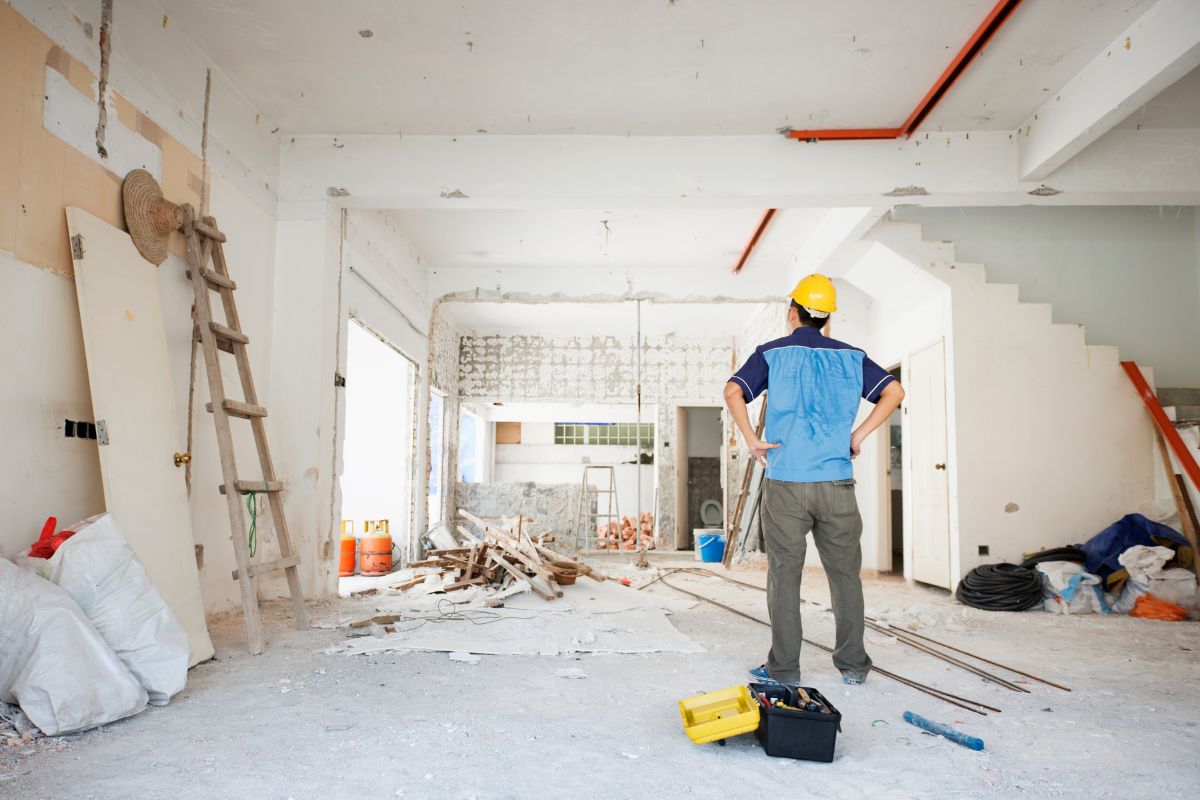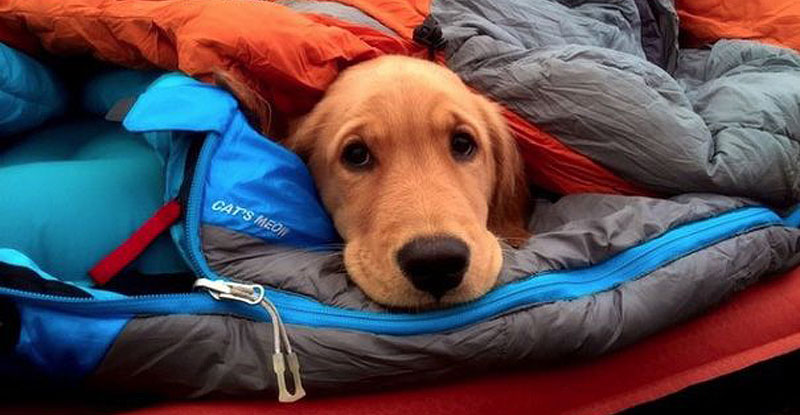Renovating a second home can be a rewarding project, but it’s important to manage your budget wisely. Here are some tips to help you save money while renovating your second home:
- Set a Realistic Budget: Before you start any renovations, establish a clear and realistic budget. Outline the scope of work and allocate funds to each aspect of the project.
- Prioritize Projects: Identify the most critical renovations that need immediate attention. Focus on essential repairs and upgrades before tackling less urgent projects.
- DIY When Possible: If you have the necessary skills, consider doing some of the work yourself. DIY projects can significantly reduce labor costs.
- Compare Contractor Quotes: Obtain multiple quotes from contractors and compare their prices and services. Choose a reputable contractor who offers good value for the quality of work.
- Reuse and Repurpose: Salvage and reuse materials whenever possible. Items like doors, fixtures, or flooring can often be repurposed, reducing the need for new purchases.
- Bulk Purchases: Buy materials in bulk to take advantage of discounts. This is particularly useful for items like paint, tiles, or lumber.
- Shop Secondhand: Explore thrift stores, salvage yards, and online marketplaces for affordable furnishings and décor. You can find unique pieces that add character to your home.
- Energy Efficiency: Invest in energy-efficient appliances and fixtures. While the initial cost may be higher, you’ll save on utility bills over time.
- Smart Timing: Plan renovations during off-peak seasons when contractors and suppliers might offer better rates due to lower demand.
- Plan Ahead: Make detailed plans for each phase of the renovation to minimize costly changes or delays. A well-thought-out plan can prevent unexpected expenses.
- Local Materials: Source materials locally to avoid high shipping costs and support the local economy.
- Partial Renovations: Consider partial renovations instead of complete overhauls. Upgrading certain areas or elements can still give your second home a fresh look.
- Flexible Design: Opt for versatile design choices that allow you to update or change the look of a space without a full renovation.
- Repairs Before Aesthetics: Focus on structural and functional repairs before cosmetic improvements. Addressing issues like leaks or faulty wiring prevents further damage.
- Negotiate with Suppliers: Don’t hesitate to negotiate prices with suppliers, especially if you’re making significant purchases.
By following these cost-saving strategies, you can renovate your second home while staying within budget. Careful planning, resourcefulness, and making informed decisions will help you achieve a successful renovation without overspending.

